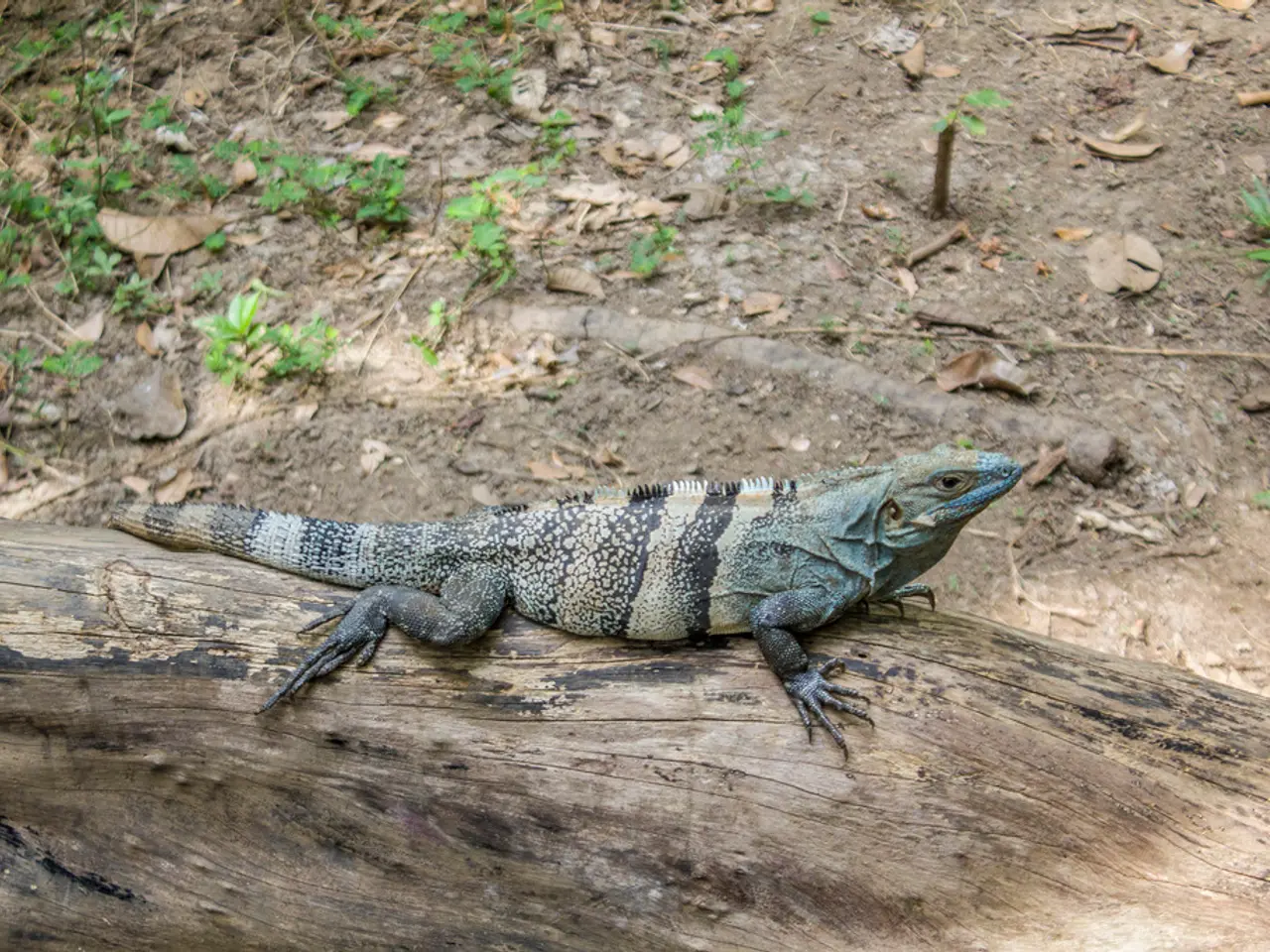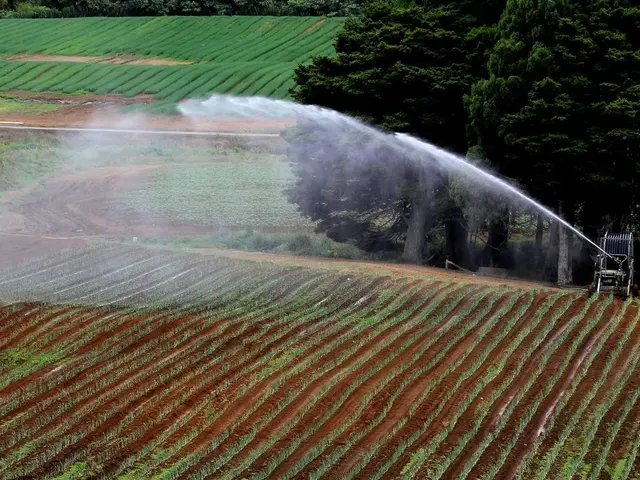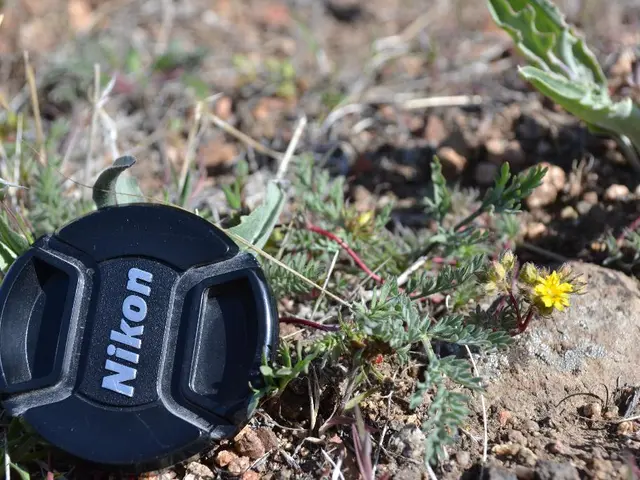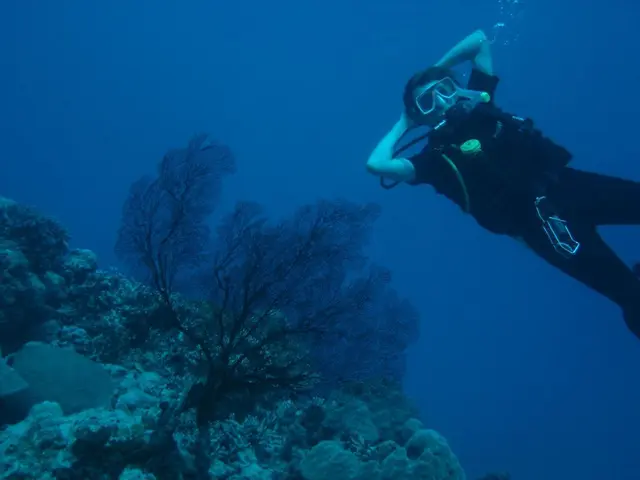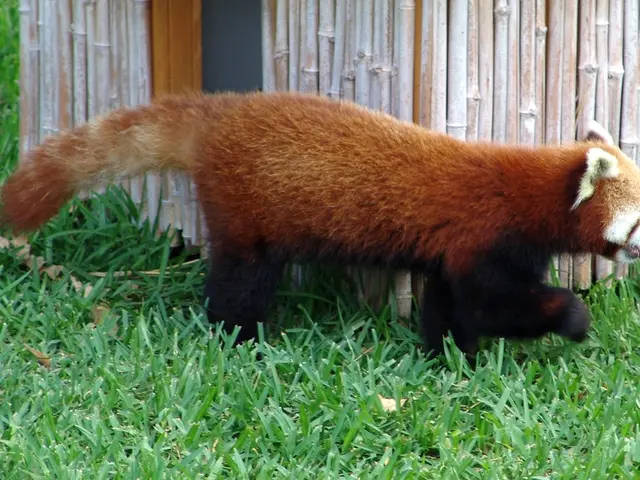Manzanita Wood: Comprehensive Guide on Varied Hardscape Applications (Categorization & Purposes)
Manzanita Wood, a hardy shrub native to mountainous regions of North America, has become a popular choice for enhancing the natural beauty of terrariums and aquariums. Known for its unique shapes, durability, and aesthetic appeal, Manzanita Wood offers a variety of uses and tips for creating stunning and functional environments for reptiles, amphibians, fish, and plants.
In terrariums and vivariums, Manzanita branches add a rugged, natural look, ideal for creating realistic tree-like structures or deadwood stumps. These structures provide climbing and hiding spots for reptiles and amphibians while supporting mosses or epiphytes such as air plants, orchids, and Bromeliads.
For aquascaping in aquariums, Manzanita wood is excellent for blackwater or botanical-style aquariums, mimicking natural stream beds and providing shelter and foraging opportunities for aquatic species. Its unique shapes can create focal points and complex layouts that benefit fish and invertebrates.
Manzanita wood also supports micro-ecosystems by hosting beneficial microbes and fungi, critical in bioactive terrarium and aquarium designs. It also supports plant root growth when positioned properly.
When incorporating Manzanita Wood into your terrarium or aquarium, preparation is key. Before use, soak the wood thoroughly to leach out tannins that can discolor aquarium water. Boiling or prolonged soaking also helps to sterilize the wood and improve water stability in aquariums.
Placement of Manzanita pieces is also important. Arrange them on top of substrate or sand layers to mimic natural habitats. In botanical aquariums, place branches on a sand cap to provide stability and prevent substrate disturbance.
Layering is another important consideration. Use gravel or sand for drainage and activated charcoal for filtration beneath the substrate to maintain water quality in bioactive tanks. Position Manzanita wood to complement plant placement and create natural shadows or hiding spots.
Quantity is also a factor to consider. In aquariums, start with a few pieces per volume (e.g., 2-3 pieces per 5 gallons) and adjust based on tank size and bioload. In terrariums, larger or multiple branches can create a striking visual and functional environment for inhabitants.
Aesthetic enhancement can be achieved by combining Manzanita wood with botanicals like leaves and seed pods for a more natural appearance. This layering also provides organic matter for aquatic life and microbes.
Maintenance is crucial to ensure the longevity of your Manzanita Wood hardscape. Monitor for mold or algae growth on wood in terrariums and aquariums. Regular cleaning or partial water changes help keep the environment healthy and visually appealing.
Manzanita Wood's versatility allows it to be used as a feature piece or for natural accents. It can be used to bring a natural rainforest feel to a scene or propped up vertically and moss can be attached to the smaller branches to resemble a living tree.
For more driftwood inspiration, the author's guide to terrarium wood can be checked out. With its beauty, durability, and versatility, Manzanita Wood is a top choice for hardscape in both terrariums and aquariums, ensuring a stunning and functional environment for your inhabitants.
[1] Terrarium and Aquarium Hardscaping: A Comprehensive Guide. (2021). Terrarium Enthusiast Magazine. [2] The Art of Aquascaping: Creating Stunning Underwater Landscapes. (2019). Aquarium Hobbyist Magazine. [3] The Power of Wood in Terrariums and Aquariums. (2020). Reptile and Amphibian Journal. [4] Bioactive Terrariums and Aquariums: A Practical Guide. (2021). Bioactive Habitat Magazine. [5] The Essential Guide to Manzanita Wood in Terrariums and Aquariums. (2021). Terrarium and Aquarium Designer.
Incorporating Manzanita Wood into your home-and-garden projects can bring a natural element to both terrariums and aquariums, as it can be used for creating realistic tree-like structures or deadwood stumps in terrariums, and replicating natural stream beds in aquariums. With its ability to support mosses, epiphytes, and micro-ecosystems, and provide shelter and foraging opportunities for various creatures, Manzanita Wood contributes to the lifestyle of various aquatic and terrestrial inhabitants.
